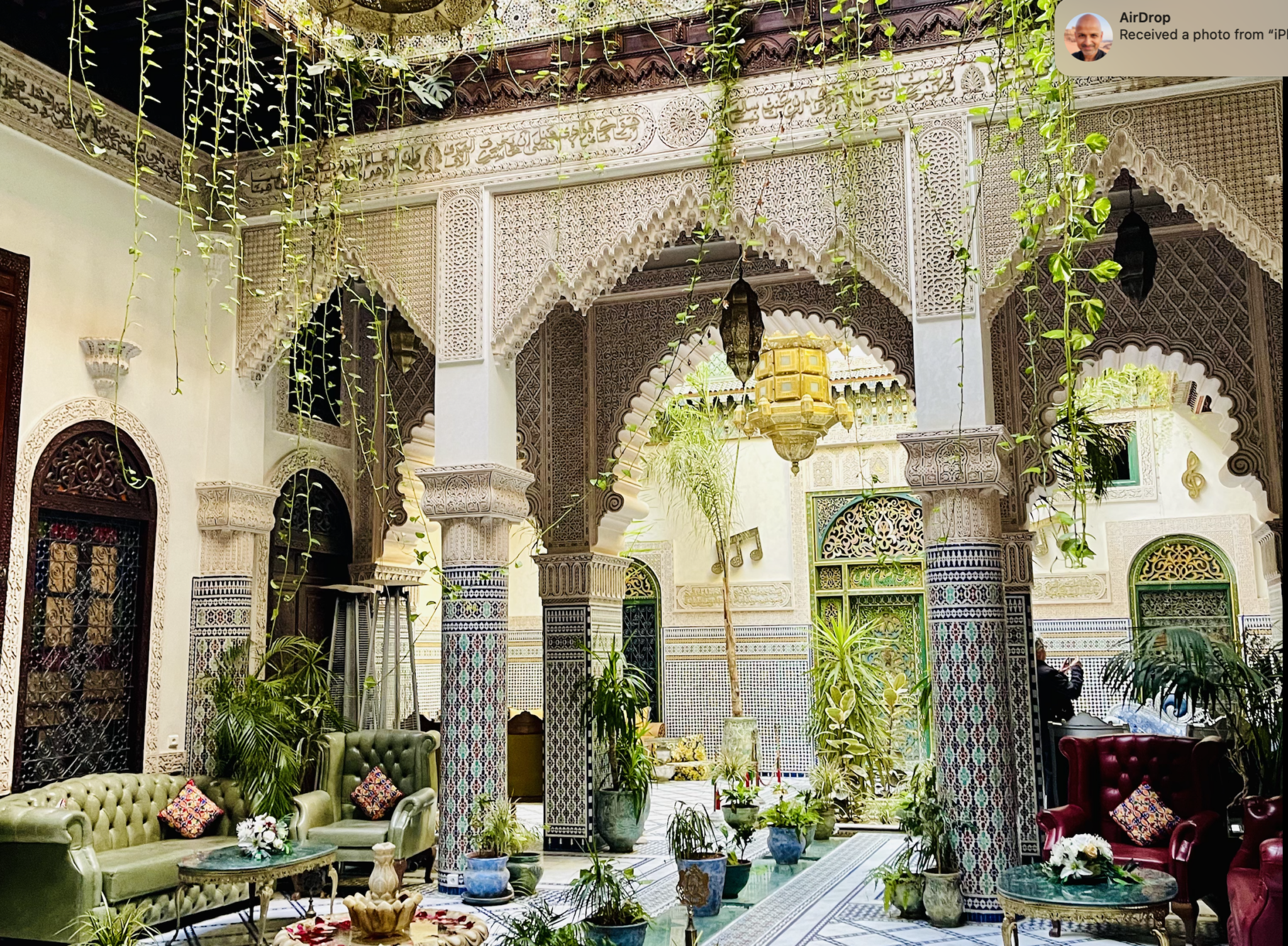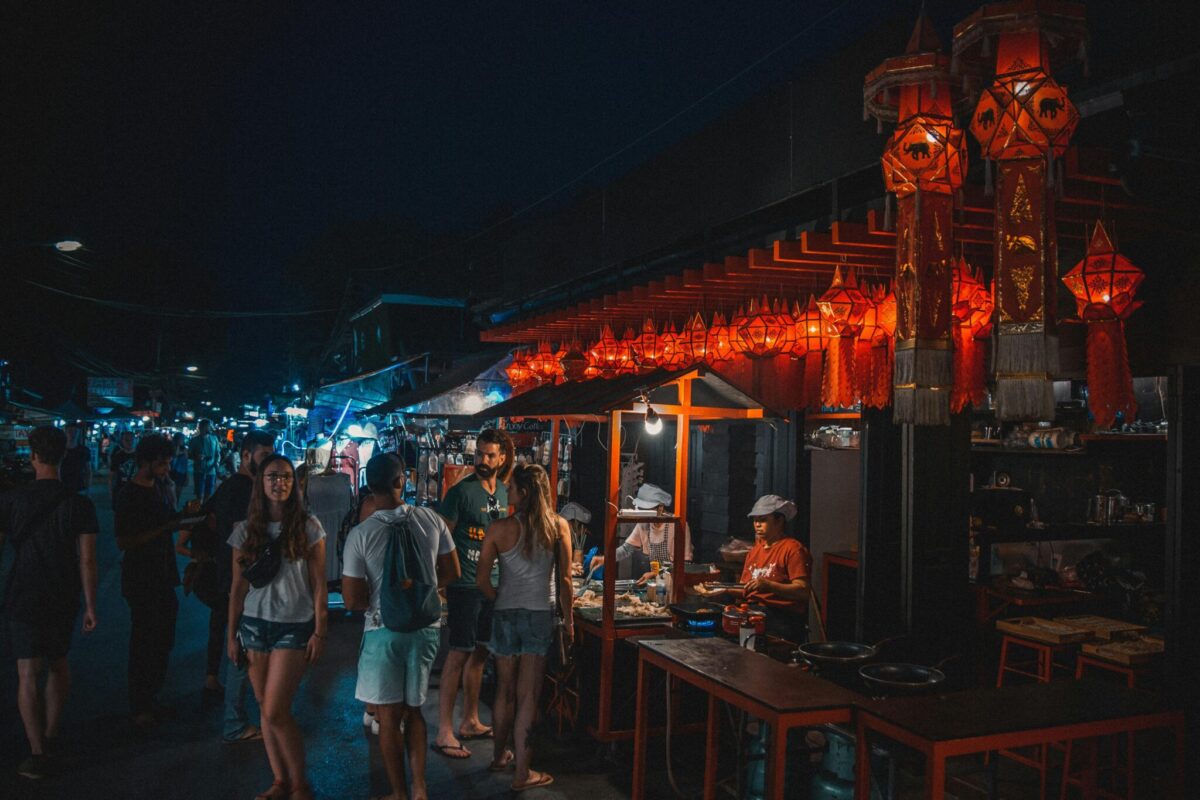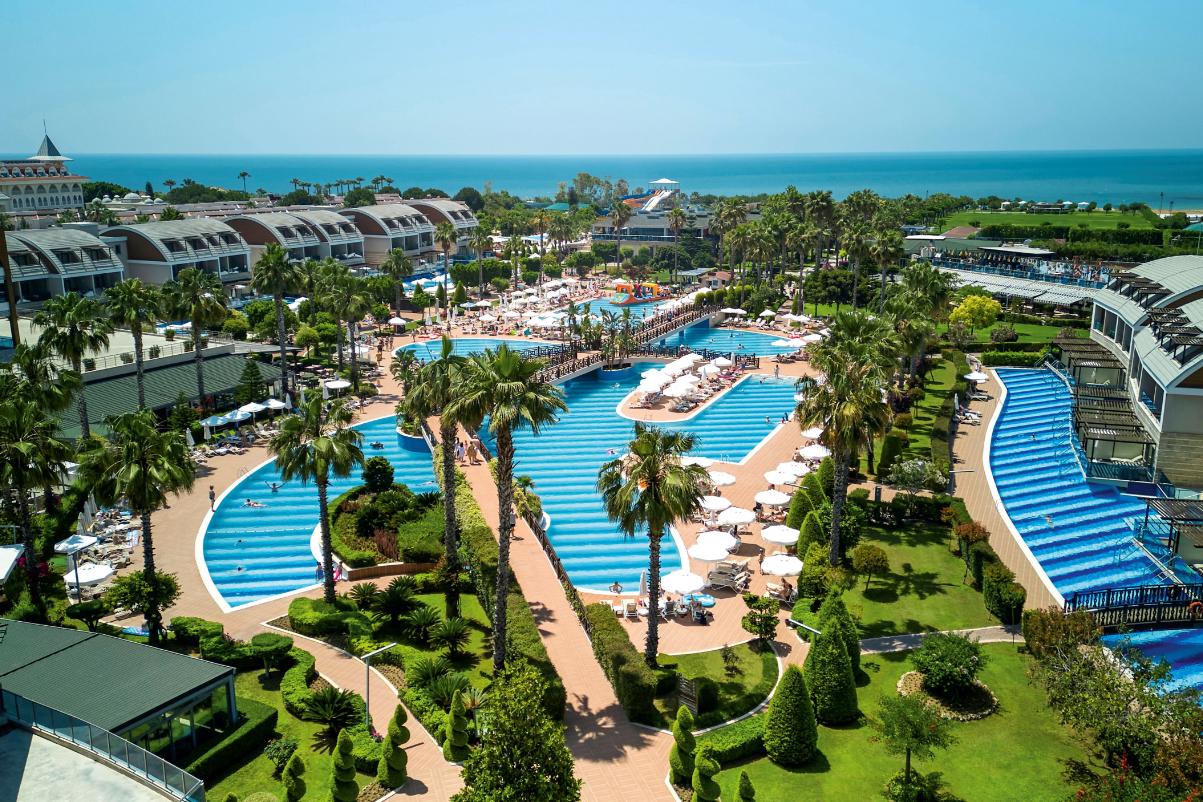Beyond Rooms: How Riads, Gers, and Local Spaces Redefine Global Travel

Skift Take
This is the seventh in a series of video diaries I am doing while spending time in Morocco for a family commitment. I am experimenting with this video diary format to share my thoughts on the travel industry through the lens of my stay here.
Here’s the first one, which was on preserving authenticity in a digital age; the second one, on the renewed importance of visiting-friends-and-relatives travel in a globally mobile world; the third one on the rise of the individual vs. brands and what it means for travel leadership; the fourth one, on the joys of traveling with family in collectivist societies; the fifth one, on the missed opportunity for morning and night tourism; and the sixth one, on how tourism flattens food cultures.
The seventh one is below. If you aren’t able to view the video properly here, check it out directly on my LinkedIn post.
How Local Hospitality Concepts Shape Global Travel
Hey folks, how are you?
One of the things I've been thinking about while I'm still here in Morocco is the equivalent of Moroccan riads in other parts of the world, and why they resonate so much. For those who don’t know, Moroccan riads are local hospitality concepts. These are traditional Moroccan homes that have been turned into hotels or small boutique accommodations.
They’ve really stretched the concept—from conversions of old homes to entirely new builds—ranging from the lower end of the market all the way up to the extremely high-end. They resonate with people because of their authenticity, their immersive quality, and their ability to engage all the senses.
Equivalent concepts exist elsewhere. For instance, in Mongolia, there are gers—those round, wool-based accommodations—and I’ve stayed in houseboats in Burma that were once local homes converted into hotels.
In the U.S., you can find examples of “dude ranches” as local hospitality concepts. In the U.K., especially in Scotland, there are “bothies”—self-catered, minimalist cottages suited to an outdoor lifestyle. In Latin America, there are haciendas in Mexico and fincas in Colombia (often former coffee plantations). There are similar concepts in India, such as havelis or tea plantation bungalows. These were historically homes for the royal or locally wealthy classes and are now open to travelers.
What’s most interesting is that even though these concepts are age-old, they fulfill all the expectations of the modern traveler. They’re authentic, have a low footprint, are more sustainable, connect to local communities, and are often visually striking. They're ideal for sharing on Instagram, TikTok, and other social media. Also, many are owned by local entrepreneurs, which is something the travel industry should really focus on. Encouraging local entrepreneurship keeps the benefits within the community and fosters more responsible growth.
I was speaking with a country leader in the Middle East, and his capital city has a lot of big-box luxury hotels. I said that if you hid all the brand names, you wouldn’t be able to tell them apart. Instead, they should consider their local equivalents. In desert environments, for example, there are camp-based hospitality concepts that could be developed much more.
In Morocco, one notable example is the King of Morocco’s Royal Mansour in Marrakech—a very high-end Moroccan riad with gorgeous villas. I visited it in February. They’ve since opened one in Casablanca, which is less of a local home-based concept but is a nod to the art deco design of Casablanca buildings and still integrates Moroccan touches. Similar expansions are happening near Tangier, Agadir, and other locations. In Saudi Arabia, they’re converting some palaces into unique hospitality concepts.
What I like most is how these concepts blend seamlessly with their surroundings. Boutique hotels like the Ace Hotel in New York City pioneered this approach, integrating into the local neighborhood on Broadway. Over time, the neighborhood changed and attracted big names like Four Seasons and Virgin Hotels, which now stand out more starkly. Initially, however, the Ace Hotel was under the radar and perfectly in tune with its environment.
This blending—both metaphorically and literally—into the surroundings is key to these local hospitality concepts. Along with encouraging local entrepreneurship, this is where the travel industry and destinations should focus. Thanks, folks.
Below, I compiled a list of local hospitality concepts from around the world, broken down by regions.
Asia
- Ryokans (Japan)
Traditional inns with tatami-matted rooms, futons, and communal baths. They offer a tranquil escape with traditional Japanese hospitality and local cuisine. - Hanoks (South Korea)
Traditional Korean homes featuring ondol (heated floors) and wooden architecture. Many are converted into guesthouses offering a serene cultural experience. - Homestays (Nepal/Bhutan)
Stays in village homes where guests enjoy local meals, learn traditions, and immerse themselves in rural lifestyles. - Kampung Stays (Malaysia)
Accommodations in traditional Malay villages, offering hands-on experiences of rural life, crafts, and local culture. - Ger Camps (Yurts) (Mongolia)
Nomadic tents that provide a traditional Mongolian experience, complete with simple beds, stoves, and breathtaking steppes. - Palaces & Havelis (India)
Heritage accommodations in former royal palaces and mansions, showcasing intricate designs, luxurious amenities, and regal history. - Houseboats (Kettuvallam) (India, Kerala)
Traditional rice barges converted into floating hotels on Kerala’s backwaters, offering scenic views and authentic cuisine. - Tea Houses (Nepal, Himalayan Trails)
Rustic lodges along trekking routes, providing basic lodging, warm meals, and camaraderie among adventurers. - Losmen (Indonesia)
Simple, family-run guesthouses that provide intimate, budget-friendly stays with local food and cultural immersion.
Europe
- Paradores (Spain)
Luxury hotels located in historic buildings like castles, monasteries, or palaces, blending history and upscale hospitality. - Agriturismo (Italy)
Farm stays offering an authentic Italian countryside experience with homegrown produce, olive oil, and wine. - Gîtes (France)
Self-catering rural homes or cottages in picturesque countryside settings, perfect for a relaxed vacation. - Troglodyte Caves (France, Loire Valley)
Unique lodgings carved into natural rock formations, offering both comfort and historical charm. - Gasthaus/Gasthof (Germany/Austria)
Cozy, family-run inns with hearty regional cuisine, local wines or beers, and a warm atmosphere. - Bothies (Scotland)
Basic shelters in remote areas, popular among hikers for a rugged, adventurous experience. - Pousadas (Portugal)
Boutique hotels housed in historic Portuguese buildings, such as convents or castles, offering charm and heritage. - Mökki (Finland)
Lakeside wooden cabins often with a sauna, surrounded by tranquil forests and nature.
Middle East and North Africa
- Riads (Morocco)
Traditional Moroccan homes with central courtyards, often converted into boutique hotels with intricate tilework and lush gardens. - Kasbahs (Morocco)
Fortified houses or villages transformed into unique accommodations, showcasing traditional earthen architecture. - Desert Camps (Jordan/UAE)
Bedouin-style tents offering a nomadic experience under starry skies, complete with local meals and cultural performances. - Beit (Lebanon)
Traditional Lebanese stone guesthouses providing warm hospitality and an authentic cultural stay.
Africa
- Safari Lodges (Kenya/Tanzania)
Luxury lodges in wildlife reserves that blend modern comfort with close-up views of nature and safaris. - Rondavels (South Africa)
Traditional round huts, often part of eco-lodges, offering a mix of rustic charm and comfort. - Cultural Villages (Swaziland/Zimbabwe)
Stays in tribal huts to experience local customs, crafts, and traditional ways of life.
North America
- Dude Ranches (USA)
Working cattle ranches where guests experience horseback riding, cattle drives, and cowboy culture. - Haciendas (Mexico)
Historic estates converted into hotels, offering a mix of colonial architecture, lush landscapes, and local traditions. - Château Stays (Canada, Quebec)
Boutique accommodations in historic French-inspired mansions, blending elegance and heritage.
South America
- Estancias (Argentina)
Rural ranches offering horseback riding, traditional asado (BBQ), and a taste of gaucho culture. - Fincas (Colombia)
Coffee plantations turned guesthouses where visitors can learn about coffee cultivation and enjoy rustic charm. - Pousadas (Brazil)
Small, family-run inns located near beaches or in colonial towns, known for their personal touch and local breakfasts. - Eco-Lodges (Amazon Rainforest)
Nature-focused accommodations offering sustainable stays amid the Amazon’s biodiversity.
Oceania
- Whare (Māori) (New Zealand)
Stays in traditional Māori guesthouses or marae, showcasing indigenous culture and community life. - Outback Stations (Australia)
Farm stays in the remote outback offering rural experiences like cattle mustering and bushwalking. - Fale (Samoa)
Open-air, thatched beach huts offering simple, relaxing stays close to the ocean.





